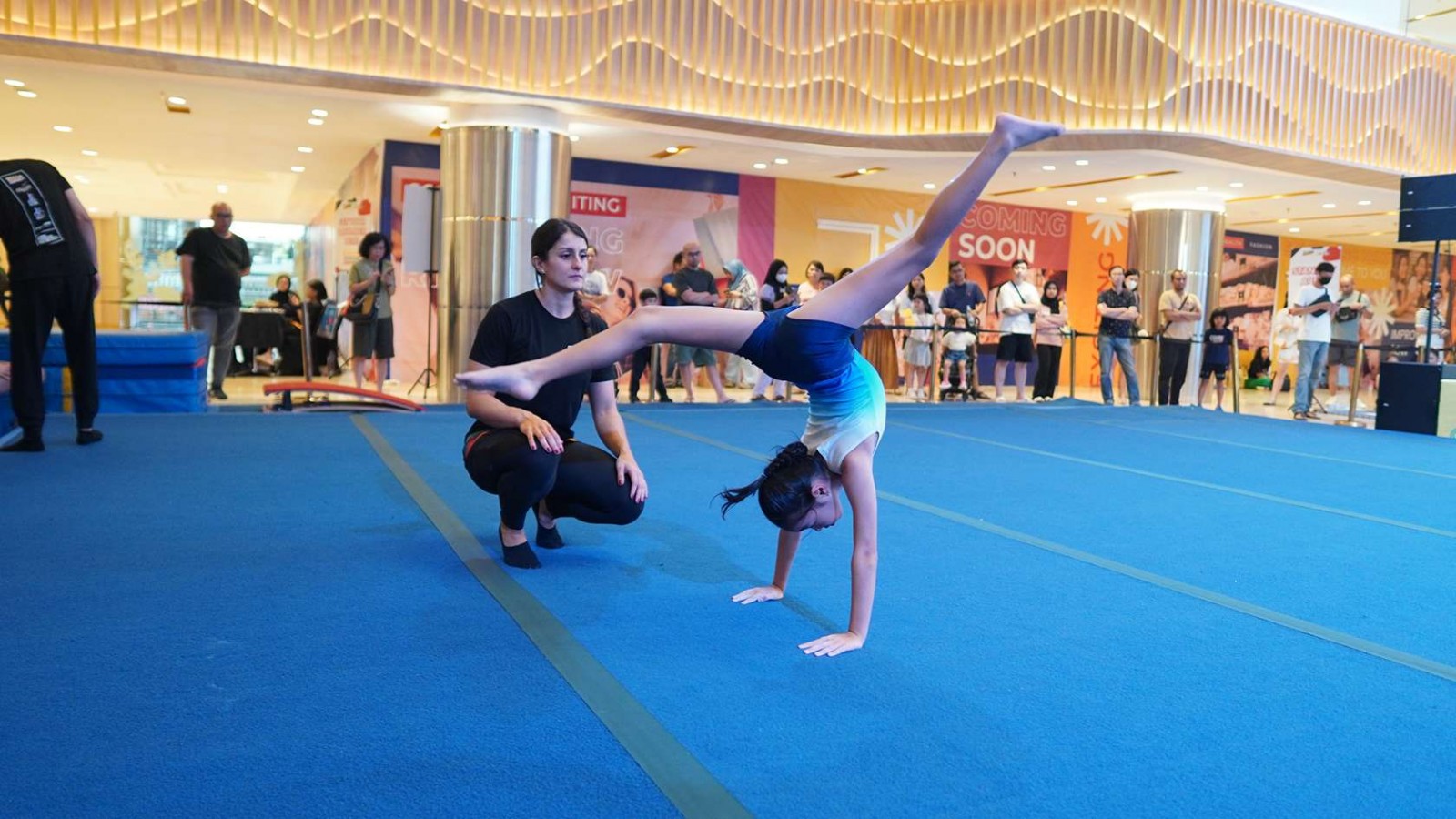Ballet Jumps: Types of Jumps and Tips for Flawless Performance

Ballet jumps are iconic elements of classical ballet, showcasing the athleticism, grace, and artistry of dancers. From soaring leaps to intricate allegro combinations, mastering ballet jumps is essential for every ballet dancer.
In this article, we will discuss the various types of ballet jumps, dissecting their techniques and offering valuable tips for achieving flawless performance.
What Are Ballet Jumps?
Ballet jumps are dynamic movements that propel dancers off the ground, incorporating elements of elevation, control, and artistic expression. These jumps are often integrated into choreography to convey emotion, narrative, and musicality.
Mastery of ballet jumps requires not only physical strength and flexibility but also precision, coordination, and timing.
Generally, those who have reached this stage are ballet dancers who have mastered the foundation ballet moves. Of course, these learning foundation ballet moves require hard work and dedication.
Different Types of Ballet Jumps
Ballet jumps are categorized into 5 different types. These types also have their own differences, difficulty and beauty. Here are 5 types of ballet jumps:
A. Sauté
Sauté, or sauté basque, is a basic ballet jump where the dancer springs off both feet simultaneously, reaching a height of a few inches above the ground. This jump is often used as a preparatory step for more advanced jumps and sequences.
B. Échappé
Échappé involves jumping from a closed position, such as first or fifth position, to an open position, such as second position, while in the air. This jump requires quick footwork and precise coordination to execute the movement smoothly.
C. Assemblé
Assemblé is a jump where the dancer brushes one foot off the floor and brings both legs together in the air before landing on both feet simultaneously. This jump can be performed with various arm positions and can incorporate different directions and heights.
D. Jeté
Jeté, or grand jeté, is a dramatic leap where the dancer extends one leg forward while pushing off from the other leg, soaring through the air in a split position before landing on the extended leg. This jump requires strength, flexibility, and a controlled takeoff and landing.
E. Sissonne
Sissonne is a jump where the dancer springs from two feet onto one foot while in the air, often with the other leg extended in a variety of positions. There are several variations of sissonne, including sissonne fermée, sissonne ouverte, and sissonne battu, each with its own unique characteristics and challenges.
Tips for How to Execute Ballet Jump Perfectly
In order to produce maximum results when doing ballet jumps, there are some basic things that must be improved such as technique, muscles and others. Here are the tips and explanations:
1. Build Strength and Stamina
Strengthening the legs, core, and supporting muscles is essential for executing ballet jumps with power and control. Incorporate exercises such as squats, lunges, calf raises, and plyometrics into your training regimen to improve strength and stamina.
2. Focus on Alignment
Maintain proper alignment of the body throughout the jump, keeping the shoulders down, the back straight, and the core engaged. Ensure that the feet are properly turned out, the knees track over the toes, and the ankles remain stable to prevent injury and achieve optimal performance.
3. Work on Flexibility
Flexibility in the hips, legs, and feet is crucial for achieving the full range of motion required for ballet jumps. Incorporate regular stretching and mobility exercises into your routine to improve flexibility and range of motion, reducing the risk of injury and enhancing the aesthetic quality of your jumps.
4. Master Technique
Pay attention to the details of each jump, including footwork, timing, and coordination of movements. Work with a qualified ballet instructor to refine your technique, receive personalized feedback, and learn proper execution of jumps, ensuring precision and clarity in your performances.
5. Practice Musicality
Ballet jumps should be performed with musicality, rhythm, and expression, in harmony with the accompanying music. Practice counting the beats and phrasing of the music, and strive to synchronize your movements with the rhythm and tempo, enhancing the artistic quality of your performances.
Can You Master Ballet Jumps?
One of the movements that add to the beauty and uniqueness of ballet is the ballet jump. Even so, becoming a ballet dancer requires a lot of hard work and dedication. Experienced instructors also play an important role. You have to know whether the instructor is competent and experienced or not.
That's why it's important to take a reliable ballet class, like those offered by Rockstar Academy. Ballet is incorporated into the Sports & Performing Arts Academy at Rockstar. To provide an exciting experience for students, Rockstar Academy holds RockOlympics and Ballet & Contemporary Dance Recital that students can participate in every year.
Additionally, Rockstar Academy is a member of Royal Academy of Dance (RAD) & fully implements its graded classes system that includes RAD Ballet Testing. This makes Rockstar Academy one of the best academies in Indonesia today.
On top of that, you can also experience the ballet class to experience the class firsthand by enrolling in their free trial class. So what are you waiting for? Let’s sign up to Rockstar Academy’s ballet program today!
FAQ
How can I improve my jump height?
Improving jump height requires a combination of strength, power, and technique. Focus on building leg strength through exercises such as squats, lunges, and calf raises, and work on explosive power with plyometric drills such as jump squats and box jumps. Additionally, practice proper jump technique, including engaging the core, using the plié to generate power, and fully extending the legs and feet in the air.
How can I prevent injuries while practicing ballet jumps?
To prevent injuries while practicing ballet jumps, it's essential to warm up properly before each training session, incorporating dynamic stretches and mobility exercises to prepare the muscles and joints for movement. Additionally, listen to your body and avoid overexertion or pushing through pain. Ensure that you have proper technique and alignment during jumps, and gradually increase intensity and difficulty over time to avoid strain or injury.



